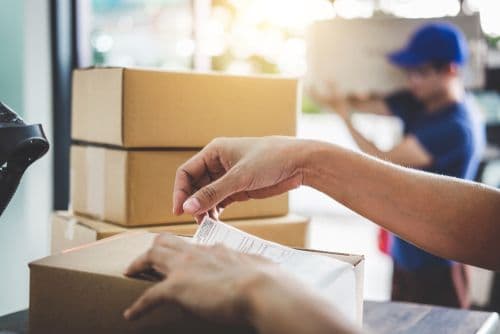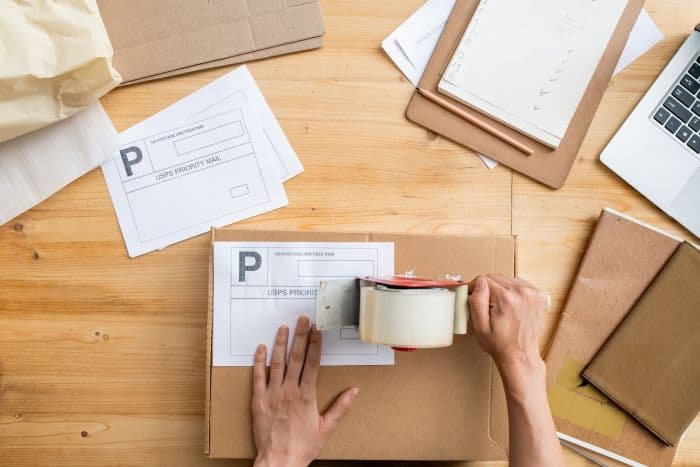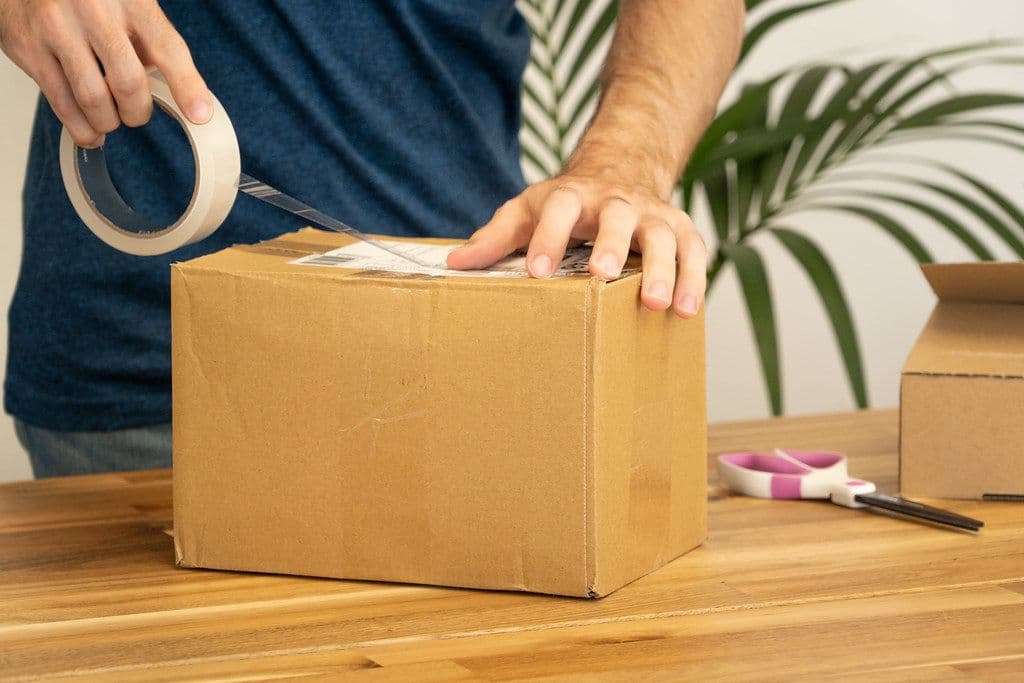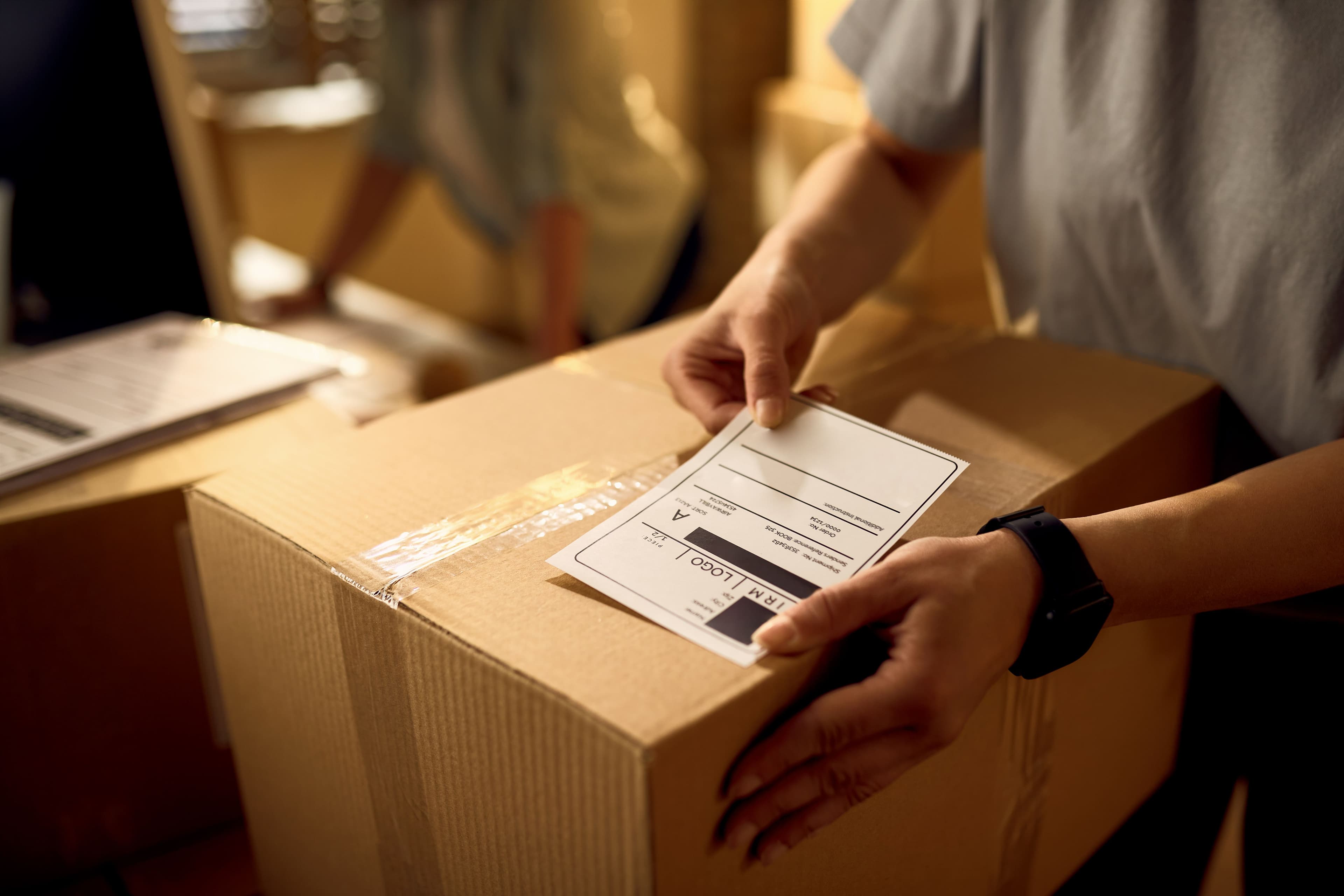The world moves faster than you think, faster than you can imagine, and way faster than we are ready to accept it. And at those speeds, only two possible outcomes can happen: You either crash and burn or you learn to surf the tsunami. Ok, that was a bit exaggerated but the point is: If you want to take advantage of a well-crafted shipping service, without falling through the cracks and wasting time, you have to learn how to correctly manage the information and understand the processes that make your package go from A to B. Whether you're a seasoned entrepreneur or just dipping your toes into the logistics pool, understanding the ins and outs of shipping labels is essential for smooth sailing, and this guide is what you need.
What is a Shipping Label?
A shipping label is a physical or digital tag affixed to a package, containing vital information about its sender, recipient, destination, and tracking details. Think of it as a passport for your parcel, guiding it safely from point A to point B in the vast sea of logistics. An intelligent sticker that ensures that every high-tech camera and laser reading device is aware of your package's whereabouts. Now, why all the fuss over a mere label? Well, as the saying goes, the devil is in the details, and, in logistics, those details can make or break the entire operation. This is also the cheapest shipping solution (as well as the most practical) you’ll find out there, so brace yourself.
The Structure of a Shipping Label
Ok, so you go online and have the screen open up an interface that brings back dread memories. But worry not my friend. Let's dissect a typical shipping label format, shall we? Picture this: Once placed at its destination, the label becomes a rectangular sticker adorning your package, full of an array of crucial information. Here's what you'll typically find on a shipping label:
1. Sender and Receiver Addresses: These are the bread and butter of any shipping label. The sender's address ensures the package finds its way back home if need be, while the receiver's address guides it to its final destination. For the exact address information, you can rely on online information such as the one provided by Google Maps.
2. Tracking Number: The digital revolution is here! The tracking number is like a magic key that unlocks the whereabouts of your package as it traverses the globe. With this number in hand, both the sender and receiver can keep tabs on their precious cargo every step of the way. The tracking happens thanks to cameras and human operators, so a tracking number is a very reliable piece of information present in every shipping label format out there.
3. Barcodes: Behind every great shipping label is a barcode working its silent magic. Barcodes encode essential information about the package, allowing scanners to swiftly process it along its journey. Nowadays, some packages even rely on the use of more complex QR codes, but the idea behind the principle is still the same.
4. Postage Details: Last but not least, postage details indicate the shipping method, carrier, and any special instructions for handling the package. After all, communication is key in the world of logistics. Do every step as required and pay attention to the details, and you’ll see how the delivery just flows.
Types of Shipping Labels
After we've covered the basics, let's explore the world of shipping label varieties. It’s not a big world, but it is full of little and intricate details to keep in mind. Each type serves a unique purpose in the logistics ecosystem. Let’s check the Prepaid Labels:
Prepaid Labels: Picture this scenario: you've sold an item online and need to ship it ASAP. With prepaid labels, you can simply buy the label, then print the label, slap it on your package, and off it goes! No more waiting in line at the post office or fumbling with cash at the counter. Convenience at its finest! The only thing to keep track of is writing the correct address
Crafting Shipping Labels with Airpals: A Step-by-Step Guide
Now that you're well-versed in the art of shipping labels, it's time to put theory into practice with Airpals, your trusty companion in the world of logistics. Follow these simple steps to create shipping labels and manage them like a pro:
Step 1: Sign Up. First things first, head over to the Airpals website and sign up for an account. Don't worry, it's quick and painless, I promise! (You can even sign up using your Google credentials)
Step 2: Where is it coming from? / Where is it going? In order to close the cycle correctly, we need to know where it’s coming from and who sends the package, and also who, and where, will receive the package.

Step 3: Enter Package Details. Now, it's time to input the nitty-gritty details of your package, including dimensions, weight, and destination. The more accurate you are at this stage, the better!
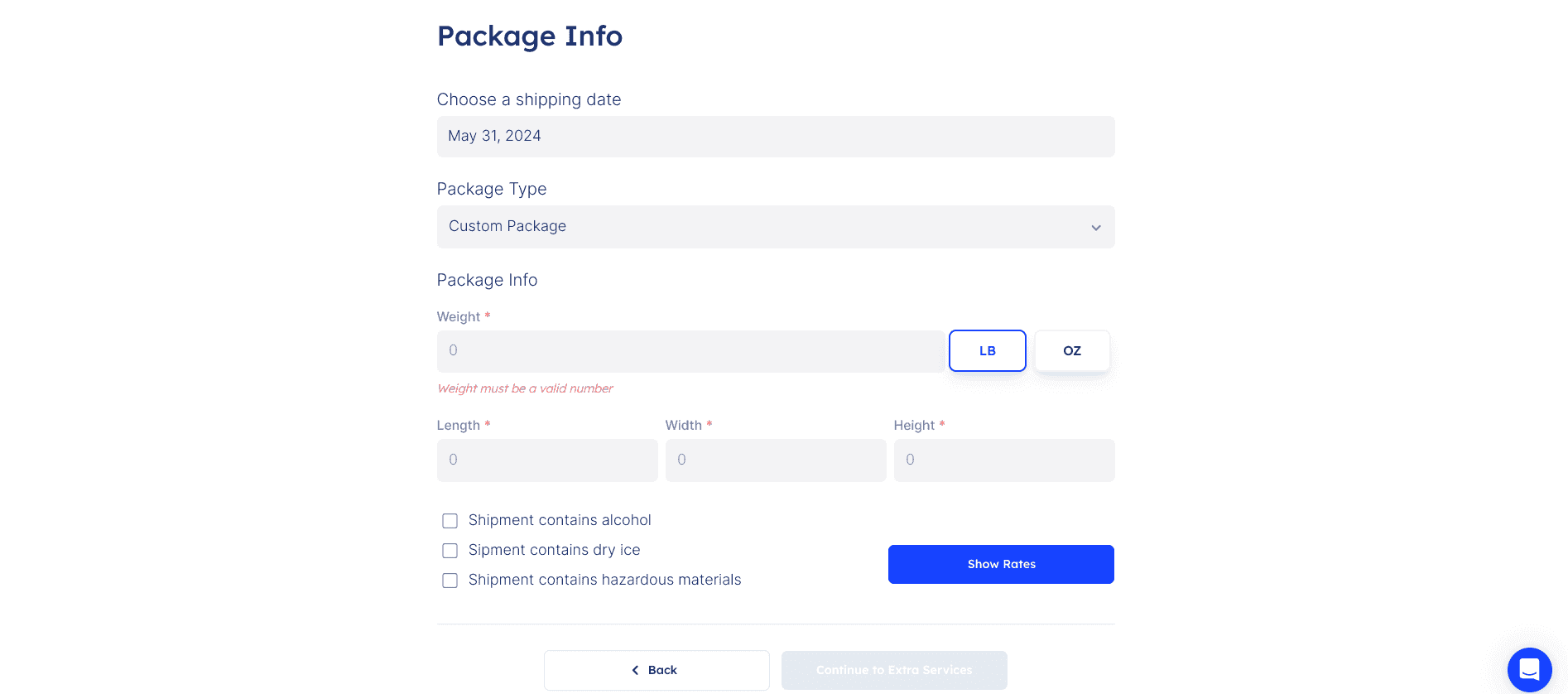
Step 4: Choose Your Carrier. Next, select your preferred carrier from our list of esteemed partners. Whether you're a fan of FedEx, UPS, or USPS, we've got you covered. Our platform is simple to use and easy to follow.
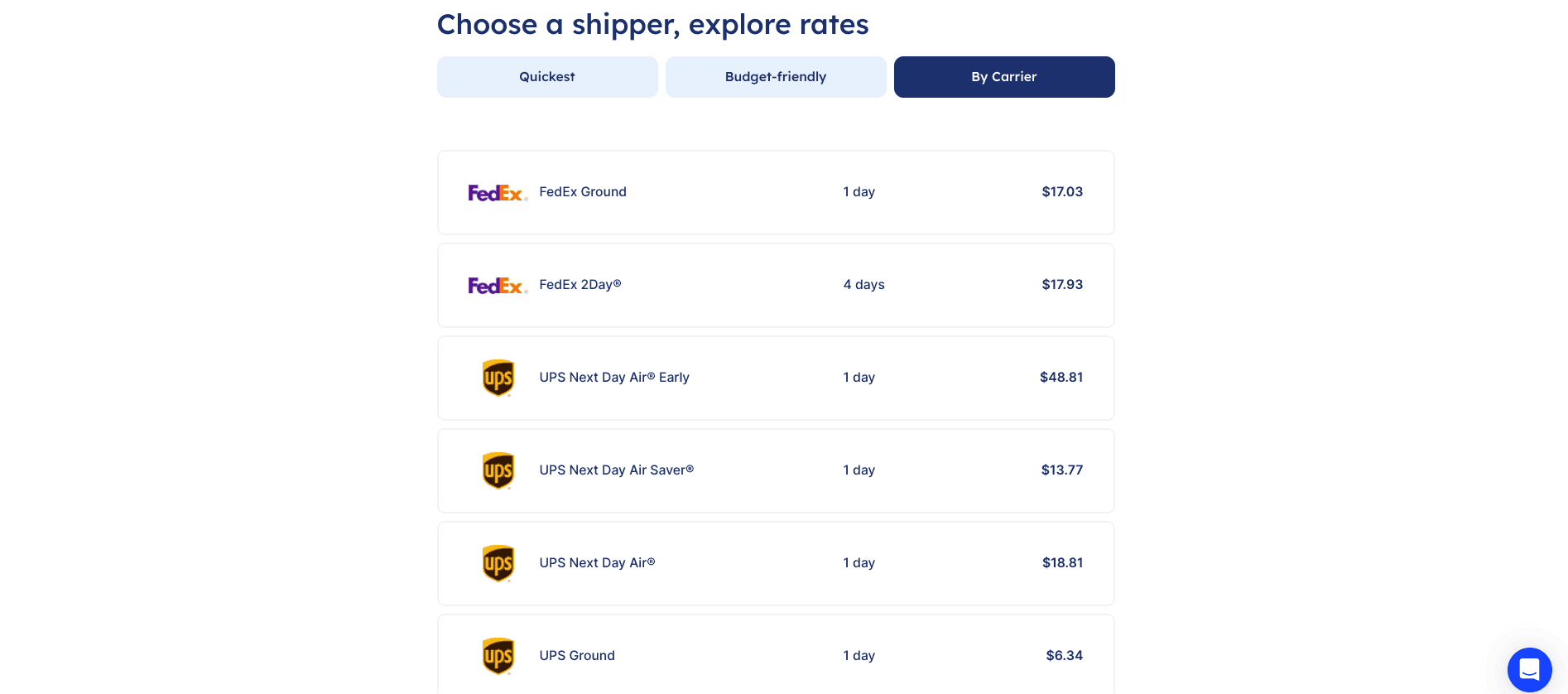
Step 5: Extra services. Once the package arrives, will you need a signature from behalf of the recipient? Is there someone specific who must receive the package? Do you want to add a specific insurance? All of those questions will be asked in this section, as well as any other extra services you require.
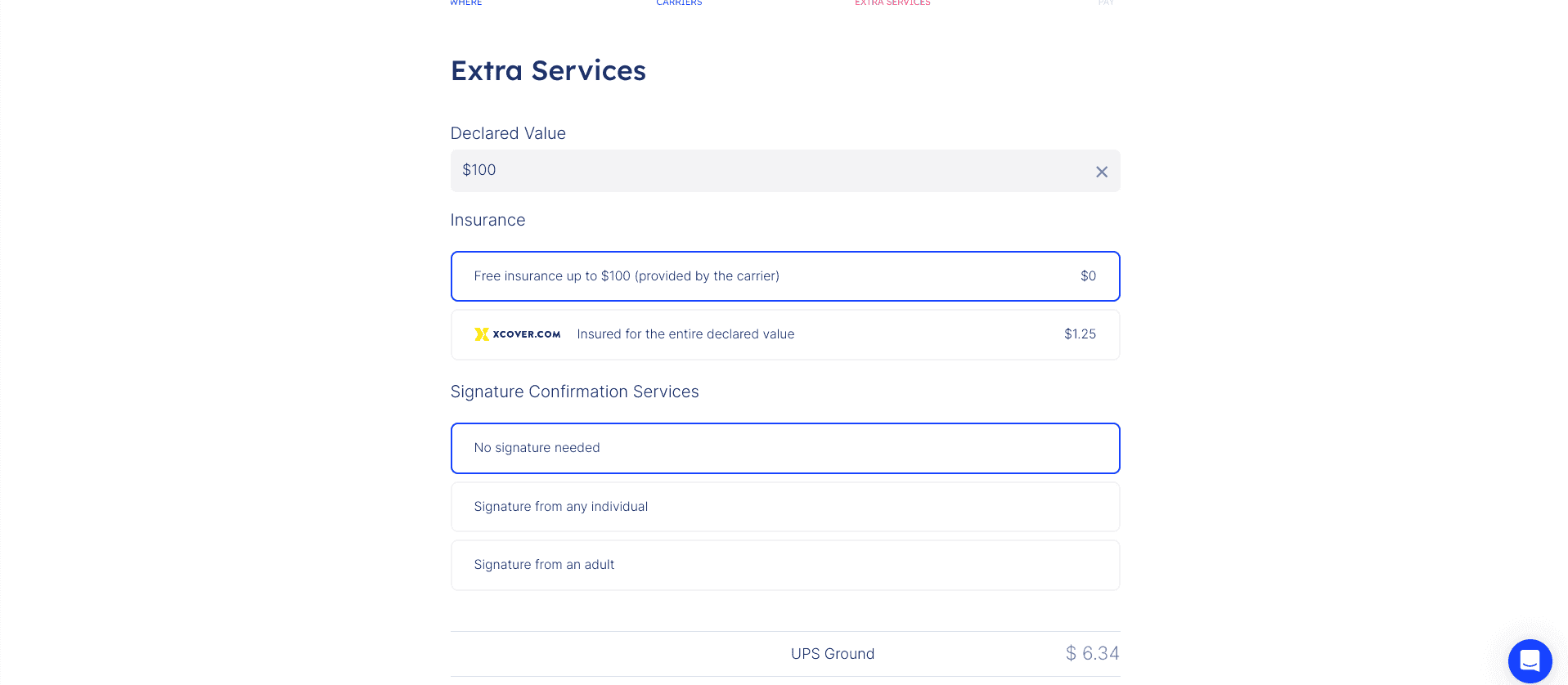
Step 6: Billing information. It’s time to pay! With a simple to use and easy to follow interface, you will be required to enter your billing information and payment method. Once the payment is completed, you will be directed to a page indicating that your order has been created, and you can save your shipping label as a PDF.
Step 7: Generate and Print. With a few clicks of your mouse, voila! Your shipping label is ready to go. Simply hit print, affix it to your package, and watch it soar off into the sunset. You can use self-adhesive paper and that’s about it.

Step 8: Track and Manage. Sit back, relax, and let Airpals do the heavy lifting. With our soon-to-be-released tracking feature, you can monitor your shipments in real-time and make any necessary adjustments along the way.
And there you have it! A comprehensive guide to the wonderful world of shipping labels, brought to you by yours truly. From their beginnings as mere stickers to their pivotal role in the logistics ecosystem, shipping labels are the heroes of the shipping world. So, the next time you're preparing to send off a package, spare a thought for the humble shipping label and the vital role it plays in getting your goods from point A to point B.
FAQ: Your Burning Questions, Answered!
What goes on a shipping label?
A complete shipping label should include the sender and receiver addresses, a tracking number, barcodes, and postage details.
Where can I print shipping labels?
You can conveniently print shipping labels from online platforms like Airpals, which provide easy-to-use solutions.
Do shipping labels expire?
Shipping labels generally do not expire, but it is advisable to verify specific policies with your carrier to ensure accuracy.
How can I make shipping labels at home?
Utilizing online shipping platforms such as Airpals to easily create professional shipping labels from the comfort of your home or office is a good idea. Just be sure you are using the correct type of paper before you start.
How much do shipping labels cost?
Shipping labels are free, so the only expenses come from the printing and shipping process.
Where can I obtain a shipping label?
Shipping labels can be generated online through platforms like Airpals or obtained at your local post office (or at the FedEx, UPS, or USPS website).
Does the size of the shipping label matter?
It is crucial to follow carrier guidelines regarding the size of the shipping label to ensure your package is processed smoothly.
Where should I place a shipping label?
Affix the shipping label on a flat, clean surface of your package, avoiding any seams or edges.
Can I reprint a shipping label?
Most shipping platforms permit the reprinting of labels if necessary, but always confirm specific policies with your carrier.
Do usps labels expire?
USPS labels do not have a set expiration date, however, they are meant to be used within a limited time. Once a shipping label is generated and bought, it should be used as soon as possible to avoid possible problems. If a label is not used quickly, it may expire because shipping rates, details of the package, or the policies of the carrier have changed.
Remember, Airpals is here to make your shipping experience effortless. Why wait? Start your journey with Airpals today and explore the world of convenient logistics at your fingertips. Happy shipping until our next update!
